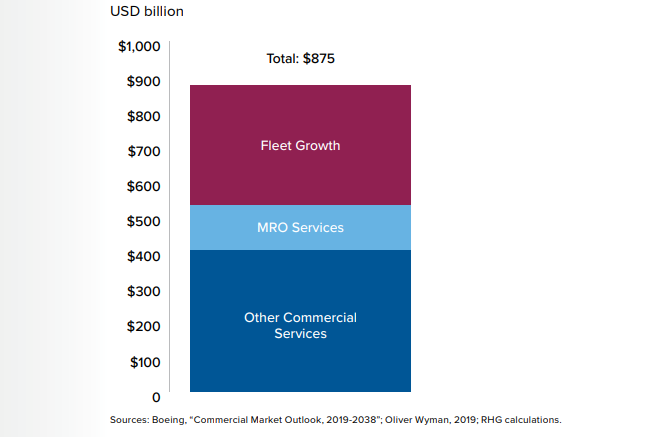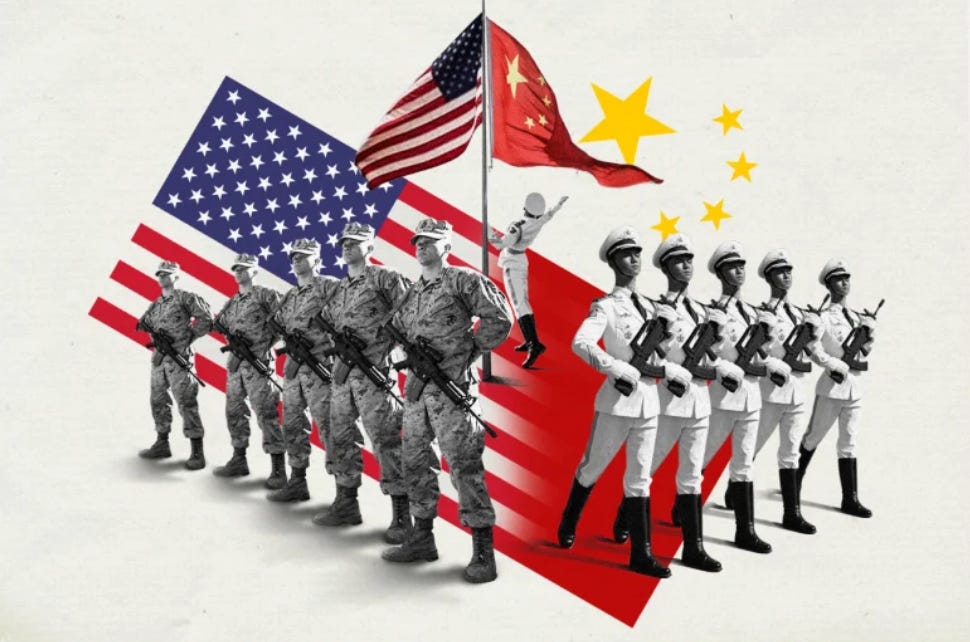In today’s global affairs, the United States (U.S.) – China relations are multifaceted, and they are one of the most consequential bilateral relationships, distinguished by competitiveness, cooperation, and confrontation – marked by increased strategic competition, particularly in the areas of technology, space exploration, military influence, and regional power.
Following the establishment of official diplomatic relations and normalization on January 1,1979, and the United States’ withdrawal of diplomatic recognition from Taiwan (Republic of China – ROC), economic engagement between the two countries increased significantly, especially after China joined the World Trade Organization (WTO) in 2001. Both have worked together on a number of global issues, including climate change, regional security, nonproliferation, and areas of mutual interest.
While tensions and differences exist between the U.S. and China, two key factors make a WAR between them exceedingly unlikely: economic interdependence and nuclear deterrence.
Quick Snap Factor 1: Economic Interdependence: The U.S. and China are economically interdependent. The U.S. and China are economically linked. During 2023, the U.S. imported over $502 billion, accounting for 14.8% of China’s total exports. China’s imports from the United States totaled US$165.16 billion in 2023, according to the United Nations (UN) COMTRADE database on international commerce. Aside from trading numbers, both countries rely on each other for growth and advancement in a variety of industries.
According to U.S. Chamber of Commerce estimates, in terms of industry-level costs, decoupling would cost the American aviation industry up to $875 billion by 2038; in the U.S. semiconductor industry, lost access to Chinese customers would cause the U.S. industry from $54 billion to $124 billion, risking more than 100,000 jobs, $12 billion in R&D spending, and $13 billion in capital spending; and in the medical services industry, U.S. lost revenue will exceed $479 billion over a decade.

Quick Snap Factor 2: Nuclear Deterrence: The two countries’ nuclear relationship is becoming more competitive as they undertake large modernization plans. Despite the fact that Beijing currently has 500 active/operational nuclear warheads (see figure 2), compared to the 1,770 and 1,710 operational warheads deployed by the U.S. and Russia, respectively, the Pentagon predicts that Beijing will have over 1,000 by 2030. Rightly or incorrectly, this is most likely why the U.S. regards China’s ongoing progress as worrisome, as well as a conventional balance that is becoming less favorable to the U.S. and its allies. In the current geopolitical gambit, China is likewise unlikely to abandon its pursuit of a larger nuclear arsenal, even if its strategic goals are constrained and its nuclear doctrine stays unchanged.

Concluding Trend Observation: The U.S. and China remain deeply interwoven through extensive trade and investment ties. Simultaneously, their nuclear capabilities act as a strong deterrent against direct military conflict. As China pursues a more survivable nuclear arsenal and the U.S. grows increasingly wary of Beijing’s advancements, nuclear competition is set to intensify. However, the immense economic interdependence between the two nations—along with the catastrophic consequences of war that would severely disrupt global supply chains and have a detrimental impact on both economies—makes a direct military confrontation/war exceedingly unlikely.
About the Author: Augustine R. is an independent analyst and researcher specializing in international relations and geopolitical affairs. With a background in international relations, trade, and development, his interests span global security and economic diplomacy. He closely examines the Bangladesh-China-India-Myanmar (BCIM) strategic nexus and the evolving foreign policy dynamics within the U.S.-China-India relationship triangle. Click here to view all articles by the author.
Featured Image: China-US superpower showdown: Military Strength / Credit: Matthew Absalom-Wong

